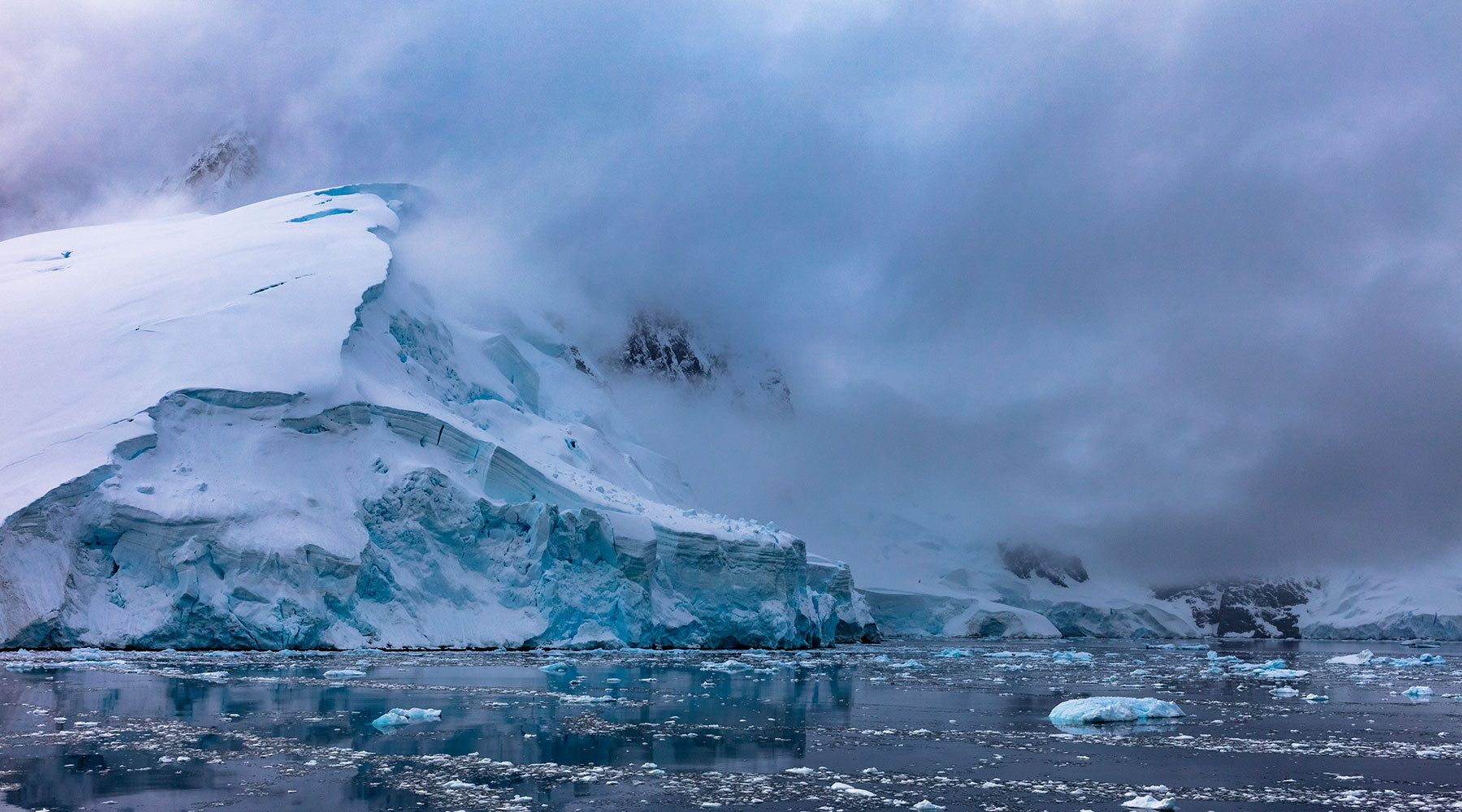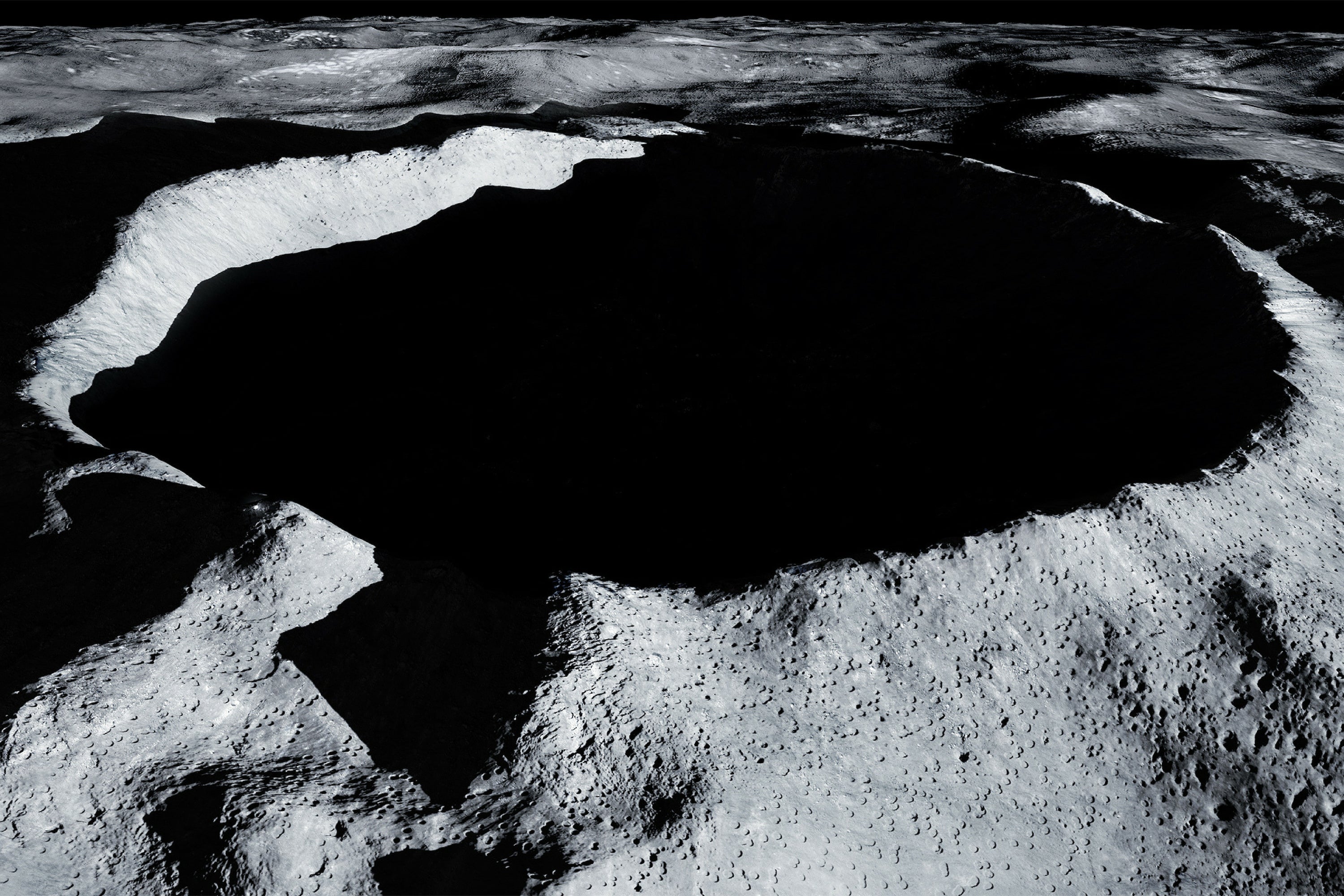
Guiding in Antarctica with Seb Coulthard
Polar explorer Seb Coulthard called in at Shackleton HQ in London to tell us about his recent travels to Antarctica .
This wasn't your first trip to the Southern Ocean was it?
No, it’s become a kind of second home. I first visited South Georgia when I was a helicopter engineer in the Royal Navy aboard HMS Manchester in 2009. I was lucky enough to take a day off and fly the entire length of the island from top to bottom. In that moment I was forever entranced by the beauty of that bleak wilderness. Since then, I’ve been back to Antarctica eight times and have become deeply immersed in its history and stories.
What were you doing there this time?
A huge amount. As a polar adventure guide onboard MS Hebridean Sky, I lectured in polar history, worked in various crew logistics roles such as zodiac driving and I led a number of mountaineering trips, including a tough one in South Georgia. It was a great experience with some outstanding people.
What was your route?
We sailed from Ushuaia (Patagonia) across the Drake Passage to the South Shetlands. From there each trip took in a range of places with the itinerary changing according to what the weather would permit. So over the course of the trip, I visited Deception Island, South Georgia, The Lemaire Channel, Port Lockroy, Port Charcot, Antarctic Sound and made landfall in many places along the coast of the Antarctic Peninsula.

Which were the most memorable locations?
The highlight for me had to be zodiac cruising around Elephant Island. Just getting a glimpse of Point Wild, the exact location where Shackleton left 22 men marooned as he set sail aboard the Caird to seek rescue. Ships seldom visit this location as it is notorious for bad weather – imagine what that must have felt like to spend four months living on a desolate Antarctic beach a century ago. It was really unforgettable.
What's at the top of most peoples' Antarctica wish list?
Undoubtedly South Georgia, for the 300,000 King Penguins that nest along the west coast, for the spectacular jagged mountains that rise out of the ocean and of course its unique place in polar history. About half of all expeditions' itineraries visit Grytviken where Shackleton is buried, some make landfall at Fortuna Bay further north up the coast, in order to walk the last four miles of his mountain trek to Stromness whaling station, where he raised the alarm nearly two years after his initial departure.
What are the challenges of multi-location working in such an extreme environment?
Antarctica demands a reasonable level of skill and experience. One needs local and regional knowledge, marine and navigational expertise and a good understanding of marine wildlife behaviour, movements and habitation in order to move around and access various locations in accordance with a complex set of international guidelines and laws. Some areas are only visited two or three times per annum, which is exciting but more hazardous.

What kind of kit did you need for the typical day?
A typical day is very varied. There is never any waiting around – Antarctic expedition cruising has to be very efficient in order to make the most of the weather and time. Each location is controlled by a visitor schedule which prevents more than one ship from visiting the same location, potentially stressing the wildlife with an over abundance of humans. We are a foreign species in Antarctica, guests of the wildlife. Temperatures can range between -15ºC and +15ºC depending on the location. Wind speeds can go from 0 to 50 knots in under 10 minutes.
Regardless of activity or location we all need warm, waterproof and wind-resistant outer layers, with good layering underneath – my preference is wool for its natural drying and warming properties. Weight is also a crucial factor, multiple layers of thick fleeces are tiring and restrict mobility.
How did you test the Shackleton parkas?
The parkas were tested by four different people (guide, scientist, photographer, adventurer) in temperatures as low as -15ºC. Everyone was working in conditions that were cold, wet and very windy. The jacket was passed around various people with different skillsets and experience of the Antarctic and the Arctic.
What was the feedback?
The general consensus was that this is a fantastic jacket because it’s very warm and very light. I’m a bit of a geek about equipment – the reason why this jacket performs so well is down to the quality of the down and the way it lofts. Most outerwear companies use a cheaper rough goose feather of up to 600 fill-power, whereas this is a 900 fill-power European goose down, which means that the finer feathers create far more space for warm air to collect, while weighing far less. The inner down is like being in the best possible sleeping bag, but the outer waterproof shell keeps the wind and wet out brilliantly.
Seb Coulthard is a retired Royal Navy helicopter engineer, an Arctic extreme cold-weather survivalist and a certified IAATO field guide.



